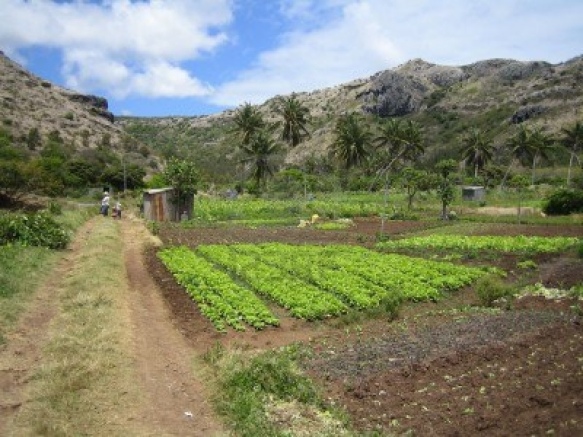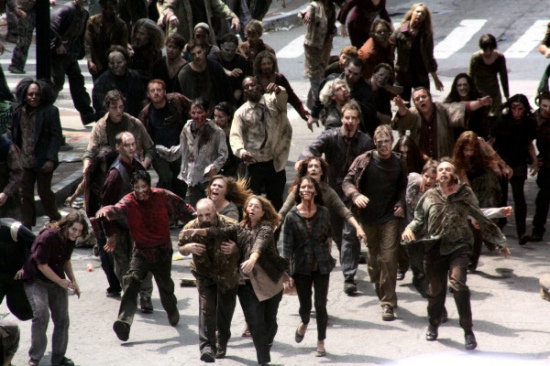This is my latest article on what is important for rebuilding society after a societal collapse. Agriculture is important for obvious reasons. Without an adequate food supply there is no possibility for any society. Agriculture is the only long term method for managing the food supply. Hunting and gathering take too much time and area for current populations. Storing food is very temporary and doesn’t last very long. Trading for food is something many countries do today, but this is dependent on a very reliable transportation network.
The lowest level of sustainable agriculture is subsistence agriculture. This means the levels of production from agriculture are just enough to sustain your own existence (or your family’s existence). Subsistence agriculture is very time intensive. It leaves you with little to no time for other things like education, construction and any other form of employment. Societies heavy with subsistence agriculture are also societies rampant with poverty. Subsistence farming is not a way to grow a society, it is merely a way to survive. After a societal collapse, subsistence farming will become common place. Those with knowledge and the means to grow food will probably be able to produce ample amounts of food. It is everyone else who will struggle to achieve a subsistence level of food production. Those that fail will probably die from starvation.
The knowledge required for successful agricultural production needs to survive the collapse. Books on the subject are a good start. A much greater resource are people who are already successful at propagation of food plants and raising livestock. Agriculture at any level is more complicated that putting seeds in the ground or letting a herd roam free. There will be local conditions that determine best chances of success. Soil and weather patterns vary widely at surprisingly small scales. If someone you know has knowledge like this, make them your new best friend.
Historic techniques for farming will be very useful. Many modern crops and farms are dependent on pesticides and fertilizer. Unless someone knows how to continue making these chemicals, those supplies will quickly run out and in some cases expire. Ideally, the knowledge required is more than just historical farming techniques as many of them were destructive to either the environment at large, water sources and soil quality. The best knowledge to have are the low technology techniques for treating current agriculture problems. A good example of what I mean is how flies around cattle can spread pink eye around the herd. Currently this is usually controlled by a bovine insect repellent sprayed over the cattle. It works great at keeping flies away, but after the collapse the industry and transportation infrastructure may not be present or reliable. A low technology solution is to feed the cattle garlic. Something in the garlic makes the cattle less appetizing. You may not notice less flies around the herd as you would with the insecticide, but the infection rates of pink eye will go down, and isn’t that the problem that needed solving? With the prevalence of garlic worldwide, this solution for pink eye cold be done by almost any cattle farmer (I’m not sure if garlic would affect milk taste in a dairy cow). My point is, all the farmer needs is to grow some garlic and he/she has something with multiple uses and is dependent on nobody to do it.
After subsistence level agriculture, comes increasing levels of food security, wealth and time. Historically we moved beyond subsistence farming by improving techniques and creating new techniques, new hybrid crops and breeding animals to better suit local conditions. This was achieved through research, experimentation and trial and error. After a collapse, research and experimentation will probably stop, leaving just trial and error and people who know better slowly spreading the best techniques through word of mouth.
As society begins to reform, places with food will become boom towns and places without will disappear. Sustainable agriculture is the best way towards a stable society.









